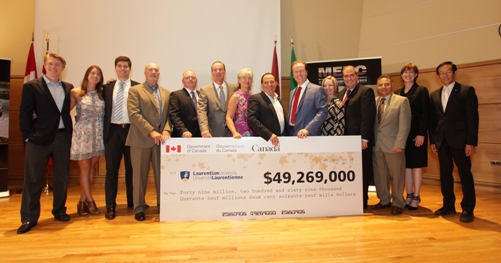Beijing has made it its mission to go deeper on land and sea or farther into space than was thought possible
China’s growing demand for scarce land and resources are just two reasons why it is pushing ahead with its space programme.
The Ministry of Land and Resources’ new five-year programme released last month identified deep space exploration as one of its “three-deep” strategies to help secure the country’s resources needs – the other two being deep-sea and deep-underground exploration.
China will have 27 satellites for terrestrial surveying and scientific research by 2020. The spacecraft will play major roles in land management, mineral deposit exploration and disaster relief. More than 90 per cent of the remote sensing satellites should be domestically produced, the ministry said in the plan.

























